I'm sharing all things fiber, why it's important, and easy tips and recipes to boost your fiber intake throughout the day- plus a high fiber foods printable list!
*This post was medically reviewed by Nicole Addison, Registered Dietitian (RD), MHSc., BASc.
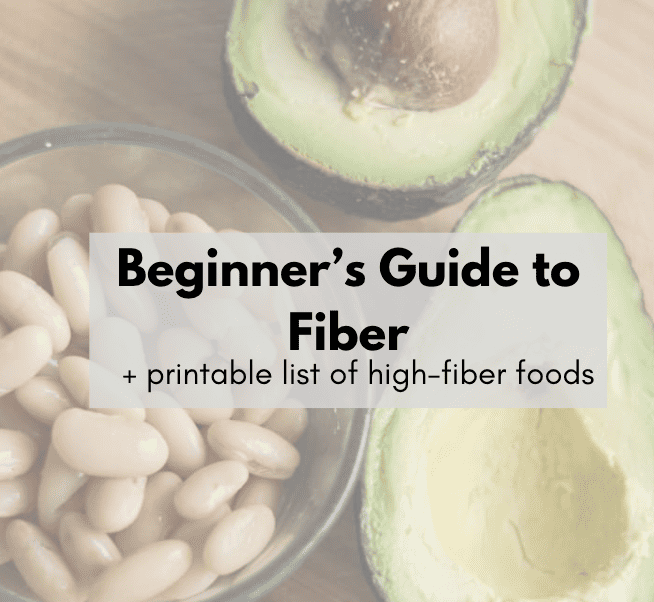
As a Registered Dietitian, fiber is one of the nutrients I see lacking in many diets. It has so many important functions and health benefits, yet most Canadians are consuming only half the amount of fiber recommended daily. Clearly we have a lot of work to do.
I know that fiber can be a confusing nutrient, but it doesn't have to feel that way. You might not even understand why dietitians talk about it so much in the first place! Today I'll be explaining what fiber even is, why it's so important, and simple tips, tricks and recipes to increase your fiber intake. If you're struggling to eat enough fiber, I'm here to help! Just keep on reading and I'll answer all your questions.
Table of contents
What is fiber?
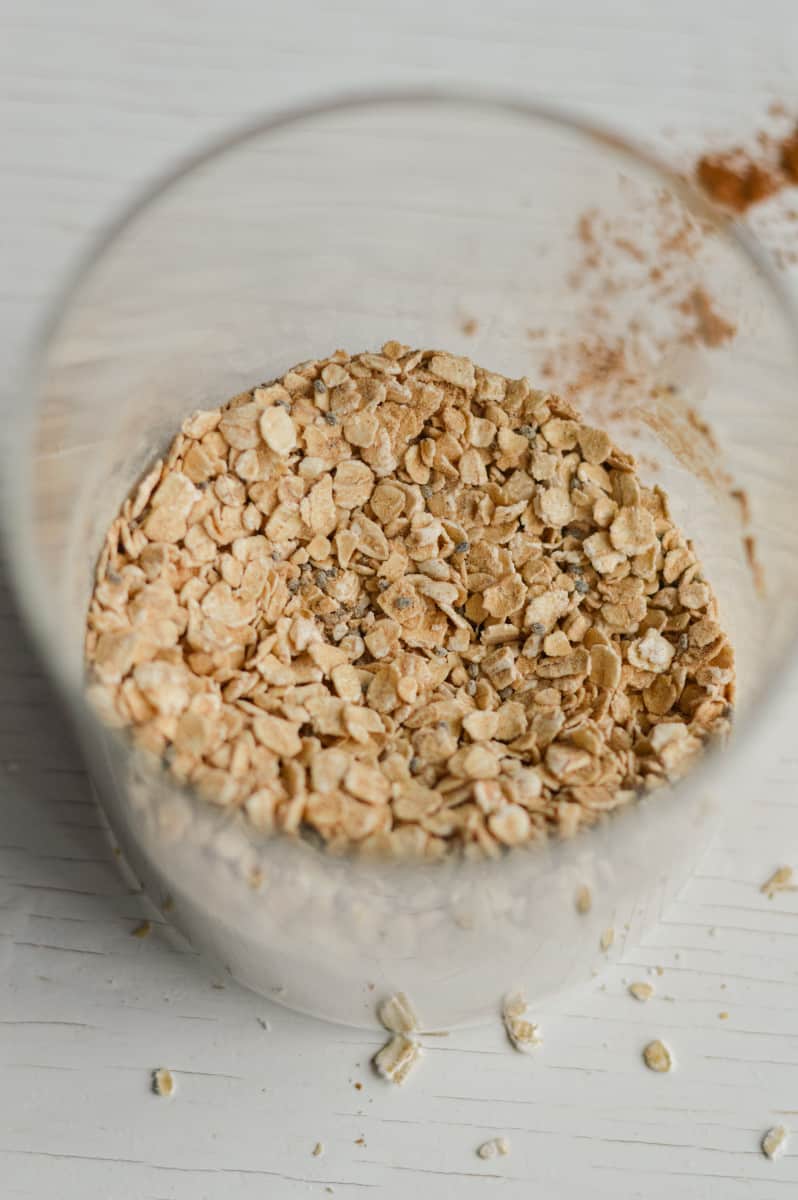
Simply put, fiber is the structural part of plants. It can be found in areas like plant leaves, roots, and stems. When considering grains like wheat, fiber is found in the bran. The bran is typically removed in refined "white" grains (ie. white flour), which is why you might hear that whole grains are higher in fiber.
There are two types of fiber: soluble fiber and insoluble fiber.
- Soluble fiber is able to dissolve in water and form gels. This can help slow down our digestions, helping to ensure our nutrients are digested properly and helping to lower blood sugar. Soluble fibre can typically be found in softer foods such as avocado, sweet potato and oatmeal.
- Insoluble fiber passes through our digestive system intact, providing bulk to our stool, softening our stool and helping everything flow smoothly. You can find insoluble fiber in the skins of veggies and hulls of nuts and seeds.
Most fiber-rich foods typically have a combination of both soluble and insoluble fiber.
Although fiber is considered a carbohydrate, the unique bonds don't allow our body to break it down like other starches. This means that essentially, humans are unable to digest fiber. This may not sound like a good thing, but it's actually the reason why fiber has so many important roles for our body.
Why is fiber important?
Fiber is a nutrition superstar because it truly does so many things for us. Let's dive into it.
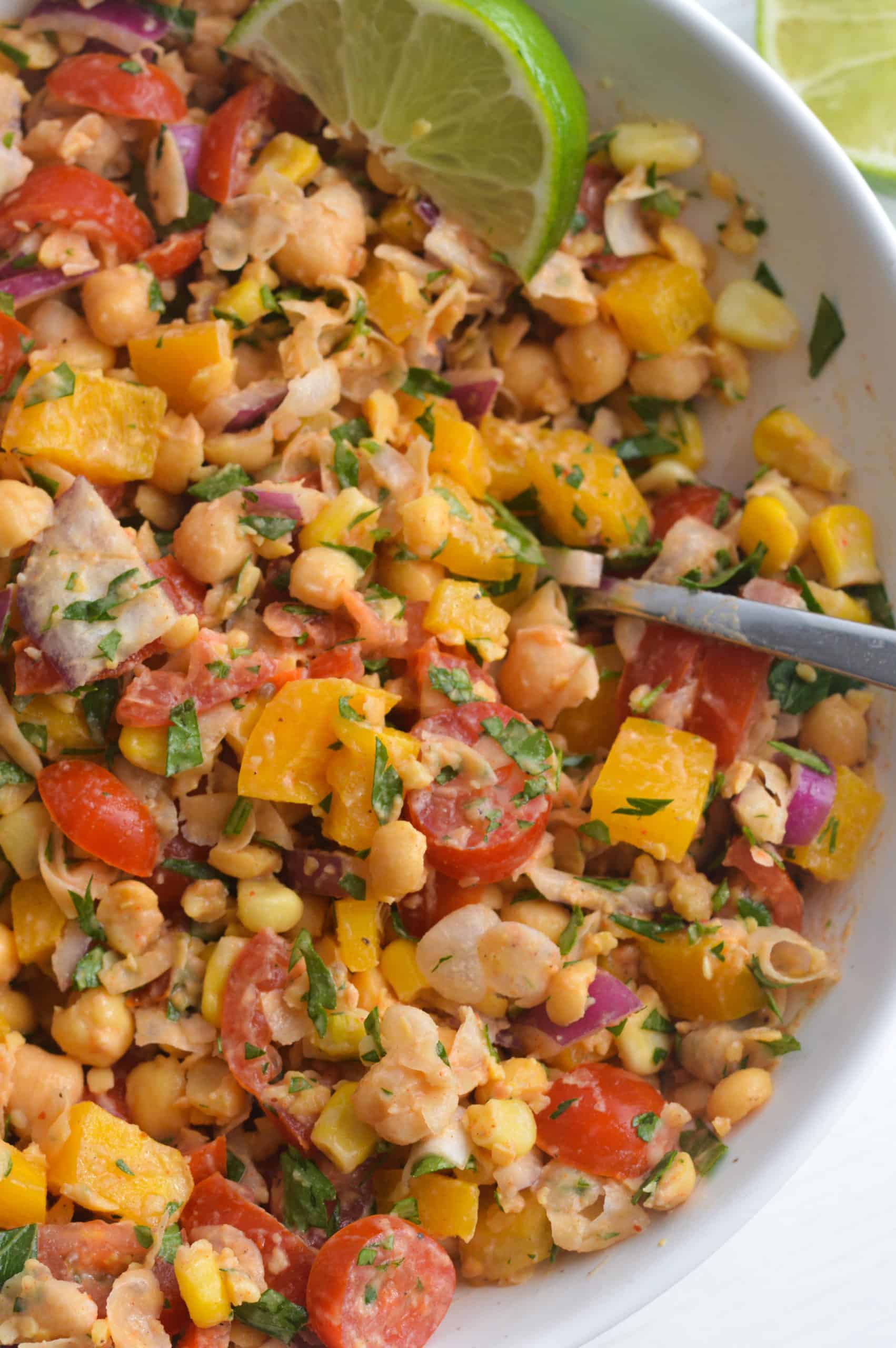
Satiety, Blood Sugar Control and Healthy Weight
Since fiber is unable to be broken down, it slows the digestion of other foods. This increases our satiety, keeping us fuller for longer. The effect of fiber on satiety has a ripple effect with other health benefits.
As fiber slows digestion it also promotes blood sugar management with a steadier release of carbohydrates. This steadier release of carbohydrates helps stabilize energy levels over a longer period, so you don't experience a blood sugar crash that leaves you feeling tired and sluggish. Consequently, fiber's effect on blood sugars also helps to reduce risk of type 2 diabetes.
Fiber's ability to satisfy our hunger also helps with healthy weight management. Simply put, it's a lot harder to overeat high fiber foods because they keep us full. Our body is not able to extract very much energy from fiber, so it can be helpful to provide volume to meals for anyone trying to lose weight. Weight loss aside, eating fiber at every meal can help regulate our hunger signals, which supports a healthy weight- whatever that may be for you!
Stool Formation and Constipation
This is probably fiber's highest credit. I'm pretty sure that everyone knows by now that fiber helps you go #2!
Like we discussed before, fiber is indigestible. This means is passes through our digestive tract relatively untouched, forming the bulk of our stool. We need fiber to poop- if you've ever gone on a road trip and skipped a day or two of veggies, you'll understand what I mean!
Digestive Health and Colon Cancer
Your digestive tract looooves fiber! Fiber plays a variety of roles in maintaining our digestive health. When we eat fiber and poop regularly and easily, it prevents bacterial growth in our digestive tract. This decreases our risk of things like hemorrhoids and appendicitis. Fiber also stimulates the muscles of our digestive tract and keep them strong, lowering our risk of diverticulosis.
We also know that fiber may protect us from colon cancer, through removing cancerous compounds and reducing inflammation.
Gut Health and Feeding the Microbiota
We may not be to able to break down fiber, but some of our gut bugs (aka gut bacteria) can! A lot of fiber's roles in gut health are unknown, but we do know that some bacteria can ferment fiber and produce a molecule called butyrate. Butyrate has its own roles in the body, including giving energy to our colon cells and protecting them from cancer.
Gut health is still being heavily researched, and there are likely many other benefits that happen when our gut bugs ferment fiber!
Cardiovascular Health
Research shows that high fiber consumption is associated with a lower risk of cardiovascular disease. This is likely because fiber is able to lower cholesterol, by binding to cholesterol and carrying it out of our body. The fermentation of fiber by our gut bugs also reduces our risk of heart disease by decreasing the amount of cholesterol made in our liver.
How much fiber should I eat?
In Canada, the recommended daily intake for adults in 38g for men and 25g for women. The Heart and Stroke Foundation reports that most Canadians only eat around 14g/day, which is only around half of what we need!
Lower fiber diets are associated with higher risks for conditions like digestive disorders, cardiovascular disease, and certain cancers. It can also cause diarrhea or constipation. Not things I want for any of you.
In spite of fiber's importance, it is possible to overconsume fiber. Excess fiber consumption may inhibit the absorption of other minerals, displace other nutritious and energy-dense foods, and cause digestive distress. If you're ever unsure if your fiber intake is adequate, I'd recommend speaking with a registered dietitian for individualized recommendations!
High Fiber Foods (+ Printable List)
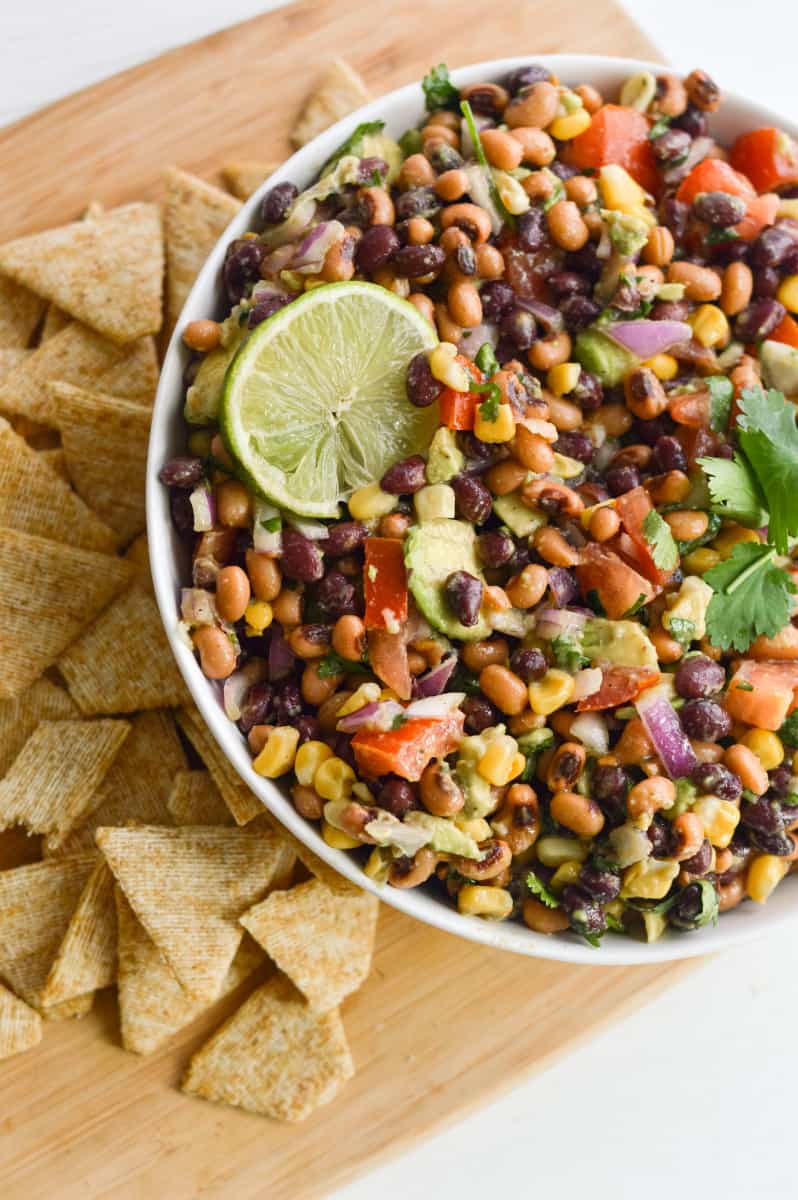
So now we know why fiber is important, but what foods actually contain fiber? Here are some examples to get you started. Don't forget to grab my high fiber foods printable list to make your grocery shopping trips even easier!
Fruits and Vegetables
- Apple - 5g per medium apple
- Artichokes - 10 g per medium artichoke
- Avocado - 5g per ½ avocado
- Banana - 3.5g per medium banana
- Blueberries - 6g per cup
- Broccoli - 5g per cup, cooked
- Carrots - 3g per cup, raw
- Cauliflower - 5g per cup, cooked
- Dried prunes - 3g per ¼ cup
- Pear - 5.5g per medium pear
- Potatoes - 3g per medium potato
- Raspberries - 8g per cup
- Spinach - 4g per cup, cooked
Beans, Legumes and Pulses
- Chickpeas - 6g per ½ cup, cooked
- Kidney beans - 5.5g per ½ cup, cooked
- Lentils - 8g per ½ cup, cooked
- Navy beans, white beans, yellow beans - 9g per ½ cup, cooked
- Peanuts - 6g per ½ cup
- Pinto beans, black beans - 8g per ½ cup, cooked
Whole Grains, Cereals and Pasta
- Brown rice - 3.5 g per cup, cooked
- Buckwheat - 6g per cup, cooked
- Chickpea pasta - 11g per serving
- Corn - 3.5 g per cup, cooked
- High fiber or bran cereal - 10g per cup
- Popcorn - 2g per cup
- Rolled oats - 5g per ½ cup, dry
- Wheat bran - 12.5g per ½ cup, dry
- Whole grain bread - 2g per slice
- Whole grain crackers - 4g per serving
- Whole grain tortilla - 5g per tortilla
- Whole wheat flour - 5g per ¼ cup
- Whole wheat pasta - 7g per serving
- Quinoa - 5g per cup, cooked
Nuts and Seeds
- Almonds - 3g per oz
- Chia seeds - 5g per tbsp
- Ground flaxseed - 2g per tbsp
- Hazelnuts - 3g per oz
- Pecans - 3g per oz
- Pumpkin seeds - 5g per oz
- Sunflower seeds - 3g per oz
Looking for a printable list to hang on the fridge? Find your high fiber foods printable list here!
Tips and Tricks to Increase Fiber Intake
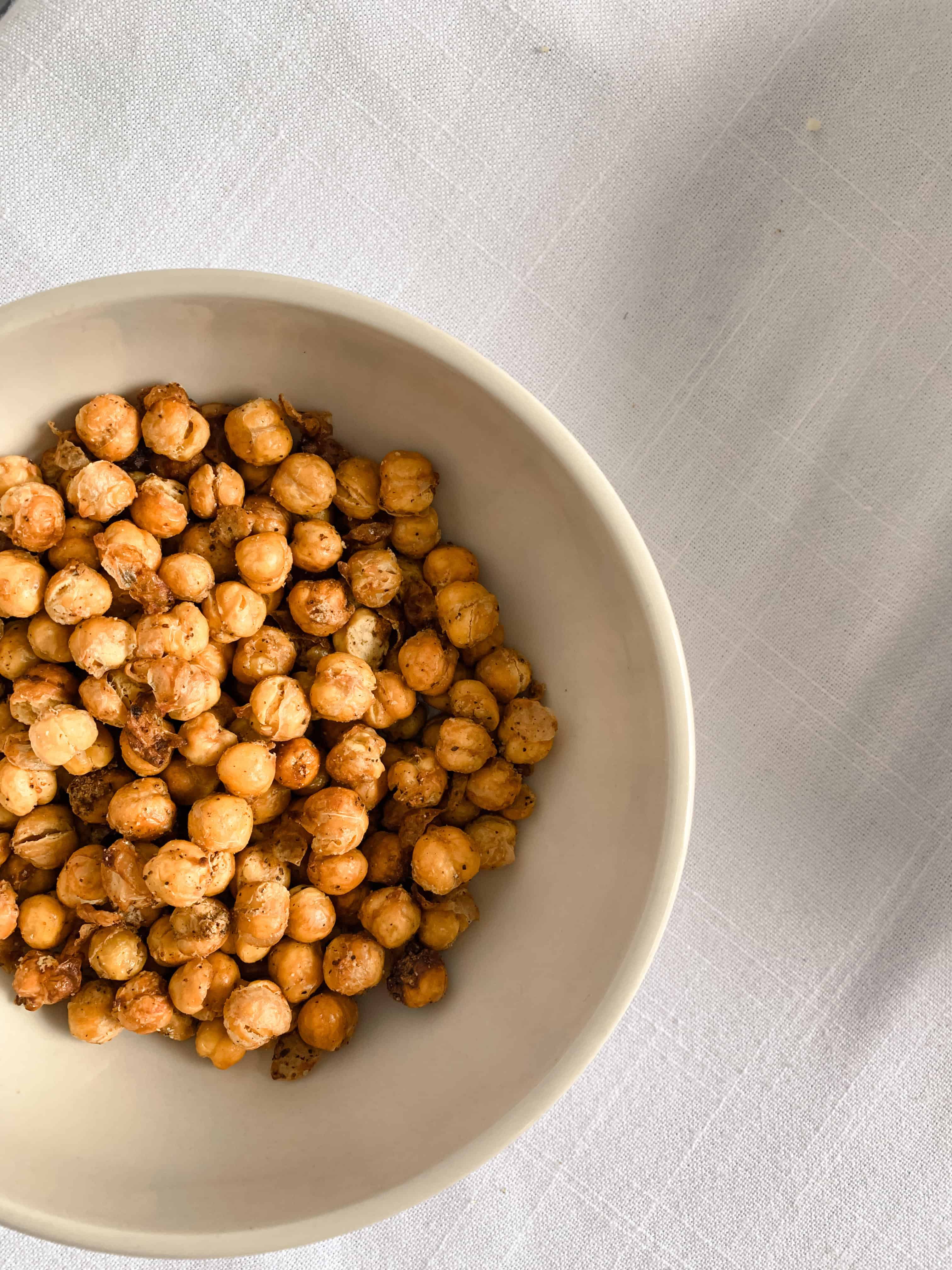
There are two key steps when increasing fiber intake:
- Take it slow. If you aren't used to a high fiber diet, make sure you increase your intake slowly. Overdoing it too quickly can cause bloating and digestive distress.
- Drink water. Remember, soluble fiber absorbs water. Make sure you increase your water intake alongside the added fiber!
Now that we've discussed high fiber foods, what does it look like to implement them in our diet? It's actually pretty easy and doesn't require any major swaps. Using my high fiber foods printable list, here are some examples to try out:
- Add a sprinkle of chia or flax seeds to yogurt, smoothies, or oatmeal
- Mix lentils with ground meat
- Eat fruits and veggies with the skin
- Add a base of leafy greens to any meal
- Add berry chia jam to your toast
- Serve berries alongside any snack or dessert
- Add mashed beans to your avocado toast
- Puree lentils or beans into soups and sauces
- Add cauliflower rice with your regular rice
- Mix spiralized veggies (like zoodles) with regular pasta
- Top your salad with crispy chickpeas
- Bake with whole grain flours
- Try one of my high fiber recipes!
High Fiber Foods Printable List
I always believe nutrition doesn't need to be overly complicated! I created a list of high fiber foods (which you can find HERE) for you to easily print off and hang on the fridge. Start small- add one new high fiber food to your grocery list this week and see what happens!
High Fiber Recipes to Try
Here are some of my highest fiber recipes that I know you'll love! A high fiber diet has never tasted so good.
Breakfast

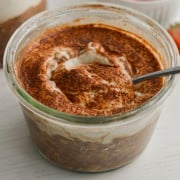


Lunch


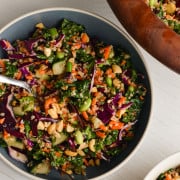
Snacks

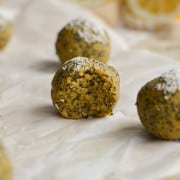
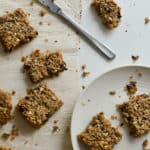
Dinner

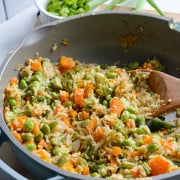

Dessert

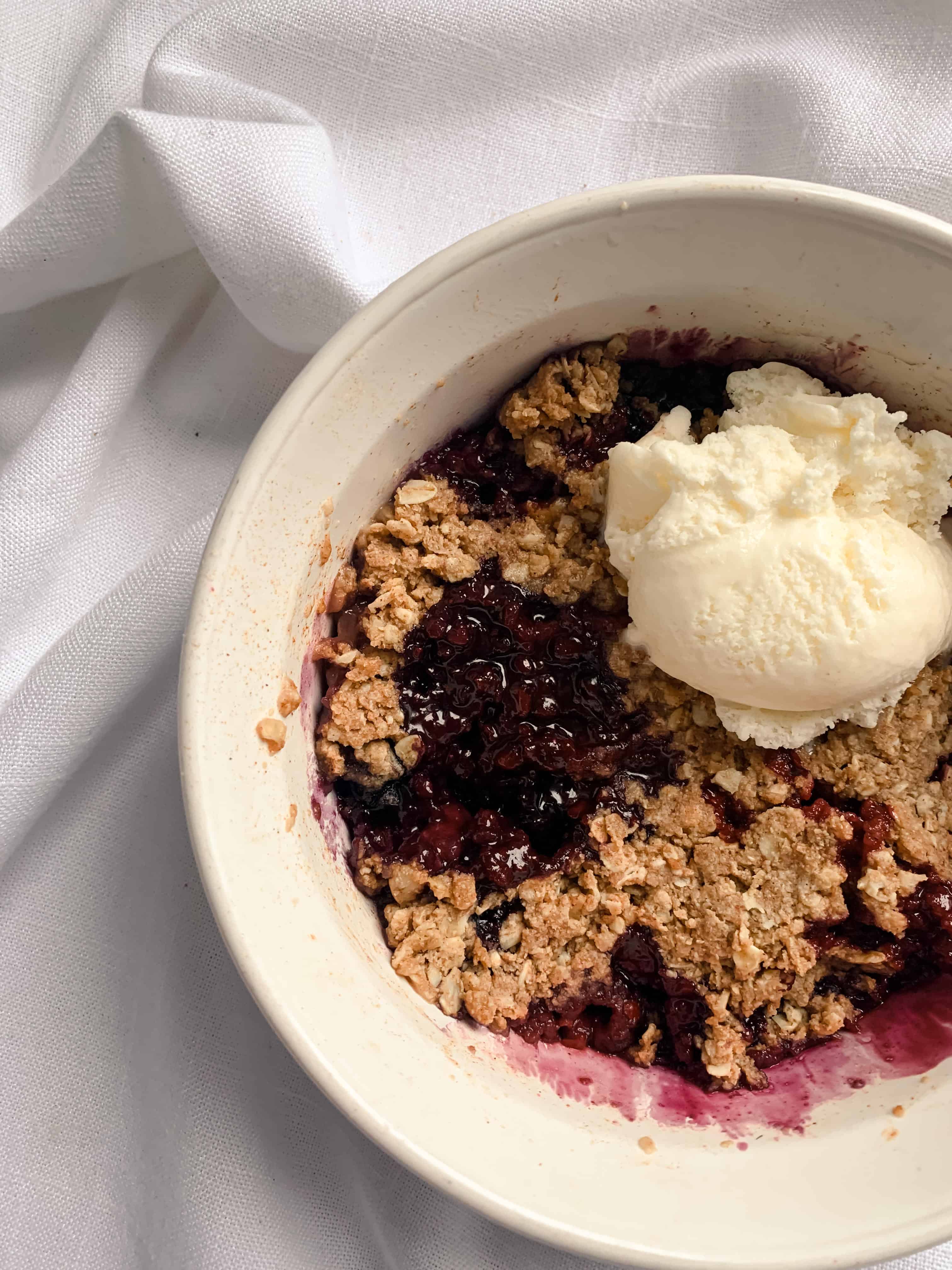

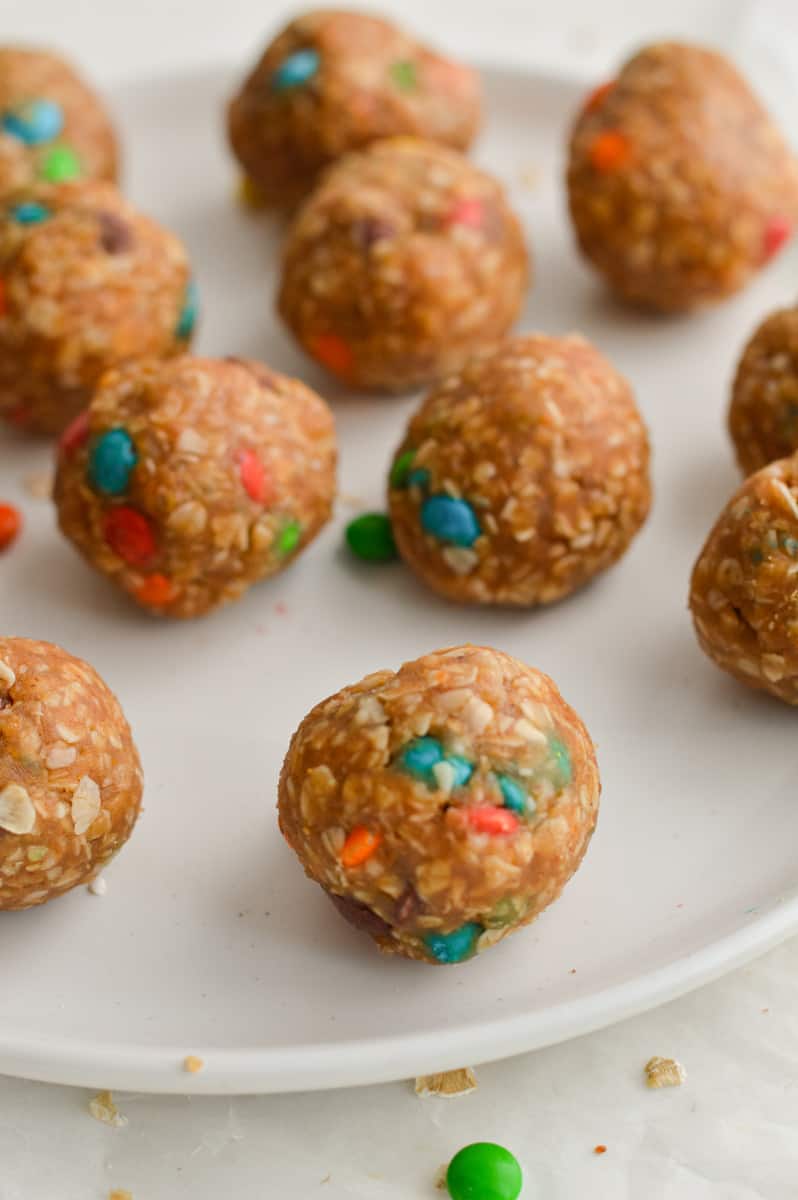
More Nutrition Articles To Read
Are you loving my nutrition content? Check out these next and let me know in the comments what topic I should cover next. Don't forget to grab my FREE high fiber foods printable list!
- Easy Adult Lunchables (The Ultimate List of Work Lunch Ideas)
- How to Build a Balanced Snack (and 25 Healthy Balanced Snacks)
- 6 Signs You May Have Disordered Eating Habits
PS. I love seeing my articles in action! If you decide to make any of these high fiber recipes or found this information helpful, don't forget to snap a photo and tag me on Instagram- @nourishedbynic or leave a comment and rating below letting me know how you liked it!
*Contribution by Charlotte Chan, nutrition and dietetics student at University of Western Ontario



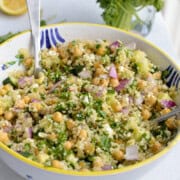

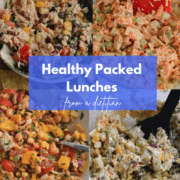

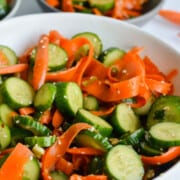




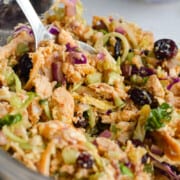


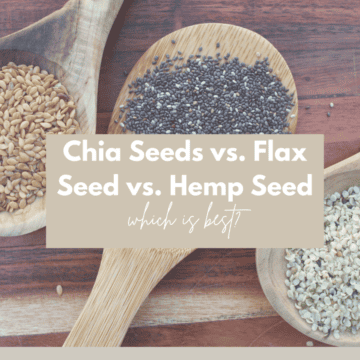
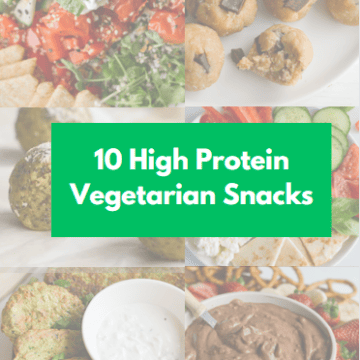

Fantastic article. Thank you for caring and sharing.
I keep coming back to this. Thanks for your clarity and help!! Xoxo
So thrilled to see this post! Yes, pretty much everyone is not getting enough fiber. I am glad you mentioned gut health. I work for a microbiome testing company and we also make custom probiotics. As you stated, this is an ongoing field of study. But, we have the research to show which specific bacteria feed off which specific prebiotics. It’s fascinating to see the role prebiotic foods play in how we feel—and, most prebiotic foods are really high in fiber, so a double win!